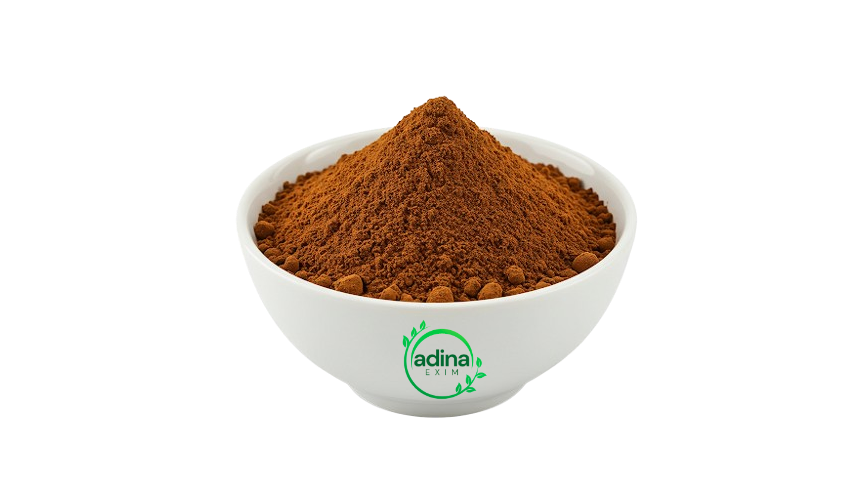
Aromatic Nilgiris tea, grown at an altitude of 2200 feet above sea level (ASL), has its own distinctive characteristics that set it apart from other teas. The Nilgiri region, located in the southern part of India, is known for its lush landscape, cool climate, and unique terroir, all of which contribute to the special qualities of the tea grown at this elevation. Nilgiri tea grown at 2200 ft. ASL stands out for its fragrant aroma, smooth flavour, and versatility. The unique climatic and soil conditions at this altitude contribute to the tea’s distinct character, making it a favourite among tea lovers who appreciate its delicate and well-balanced taste. Whether sipped as a hot tea or enjoyed as iced tea, Nilgiri tea offers a refreshing and aromatic experience that is truly special.